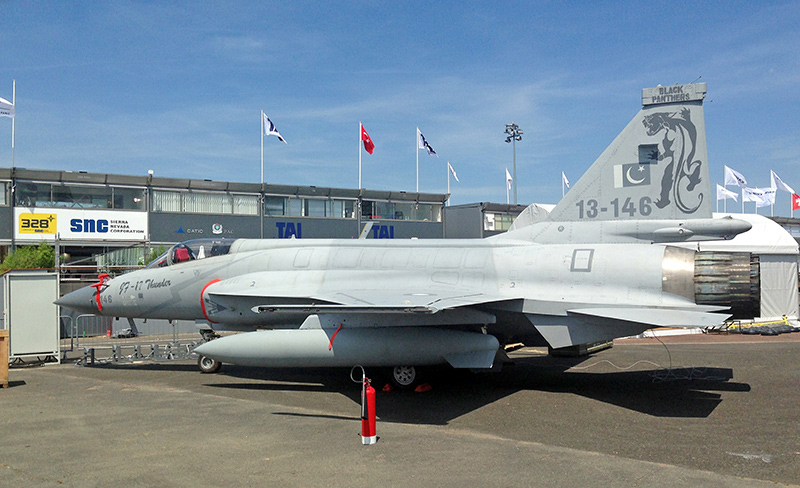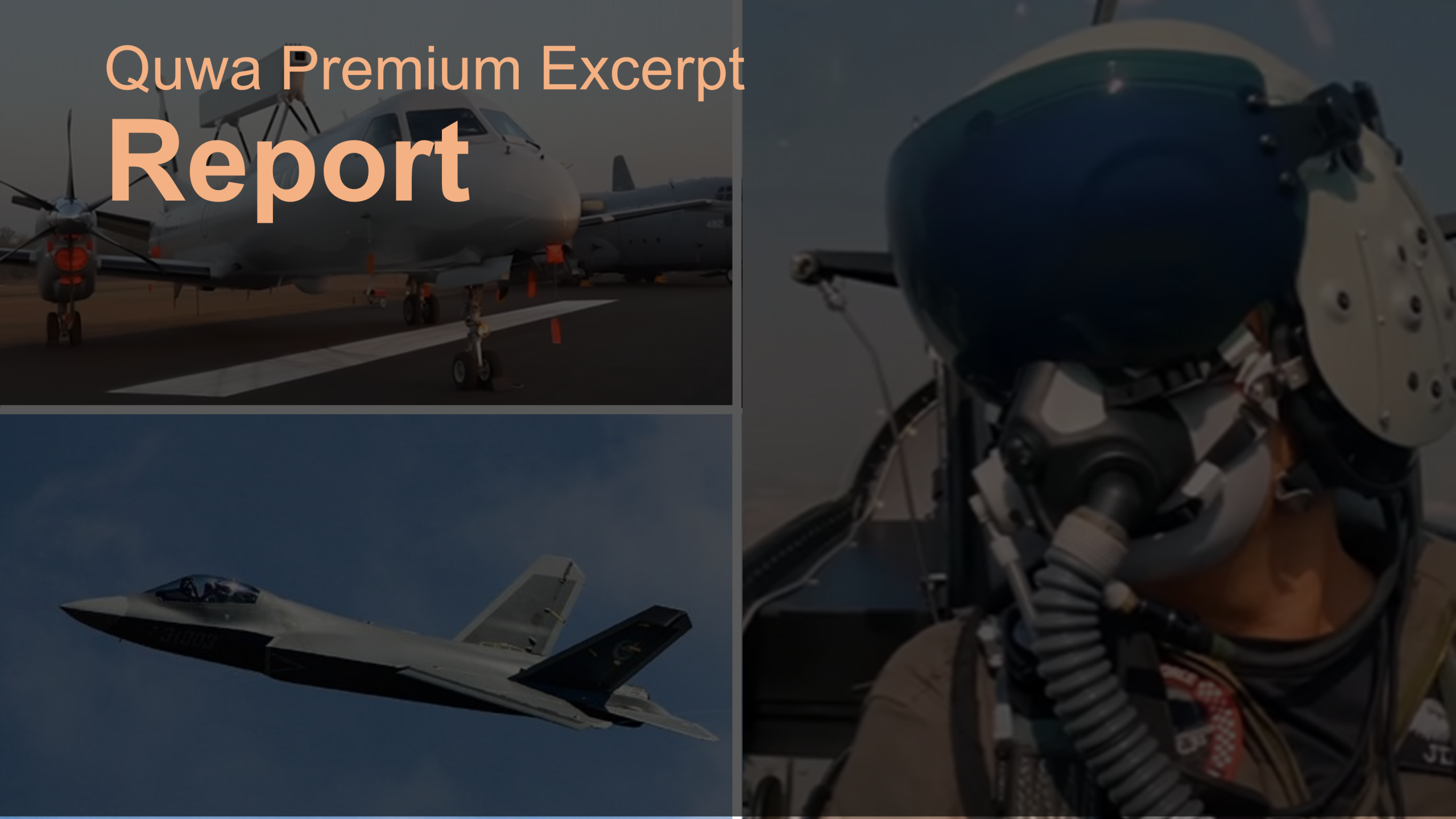As per aviation journalist and close Pakistan Air Force (PAF) watcher Alan Warnes, the Azerbaijani Air and Air Defence Force (or Azeri Air Force) has rekindled its interest in the JF-17 Thunder. It is also interested in the prospect of using the Super Mushshak as a basic trainer.
The JF-17 notwithstanding, Azerbaijan and Pakistan have been working to enhance bilateral defence ties.
In October, Prime Minister Nawaz Sharif made a three-day official visit to Baku, where he issued a statement with Azerbaijan’s President Ilham Aliyev to engage in co-production and training initiatives.
The two sides signed a bilateral defence cooperation agreement at the beginning of November.
Azerbaijan’s First Deputy Prime Minister Yaqub Eyyubov attended the International Defence Exhibition and Seminar (IDEAS), where he reiterated his government’s interest in building relations with Pakistan.
Notes & Comments:
Pakistan has marketed the JF-17 as a suitable fast jet replacement for legacy platforms. In Azerbaijan, the focus would be on offering the JF-17 as a potent successor to the MiG-21 and Su-25.
In terms of the Su-25, Aselsan’s recent confirmation that it is supplying its ASELPOD advanced targeting pod for the JF-17 should resonate favourably in terms of promoting the Thunder’s strike capabilities. In this respect, Azerbaijan has the option of procuring precision-guided air-to-surface munitions from China or Turkey. Stand-off range munitions (e.g. anti-ship missiles) are also available from China. Alternatively, Azerbaijan could also utilize its ties with South Africa to procure munitions from Denel Dynamics.
The JF-17 is a full multi-role platform capable of air-to-air missions using beyond-visual-range air-to-air missiles and all-aspect within-visual-range air-to-air missiles. Coupled with the platform’s compatibility with a tactical data-link and modern electronic warfare and electronic countermeasures suite, the JF-17 can be presented as a complete and potent solution.
The Pakistan Air Force (PAF) sought the Thunder to disseminate subsystems and capabilities found in costlier platforms to its mainstay fleet. Managing cost and guaranteeing accessible sources for complex technology are critical aspects to the JF-17, which the PAF is likely marketing in tandem with the actual fighter. For countries locked in long-term cross-border tensions or unable to readily access top-end technology from traditional industry leaders, this message could resonate strongly.
Furthermore, the availability of active electronically-scanned array (AESA) radar options from the Nanjing Research Institute of Electronics Technology (NRIET) and Leonardo have made the JF-17 Block-III into a more tangible factor in terms of discussion, especially with prospective customers.
In fact, during IDEAS, the PAF leadership made it a point to convey their commitment to the JF-17 Thunder, noting that it is the fleet’s primary asset and that its continued improvement would be prioritized ahead of other needs. The question of another fighter platform was, at least during IDEAS, an ancillary issue, albeit one being explored through Russia, China and “one or two” other countries.




